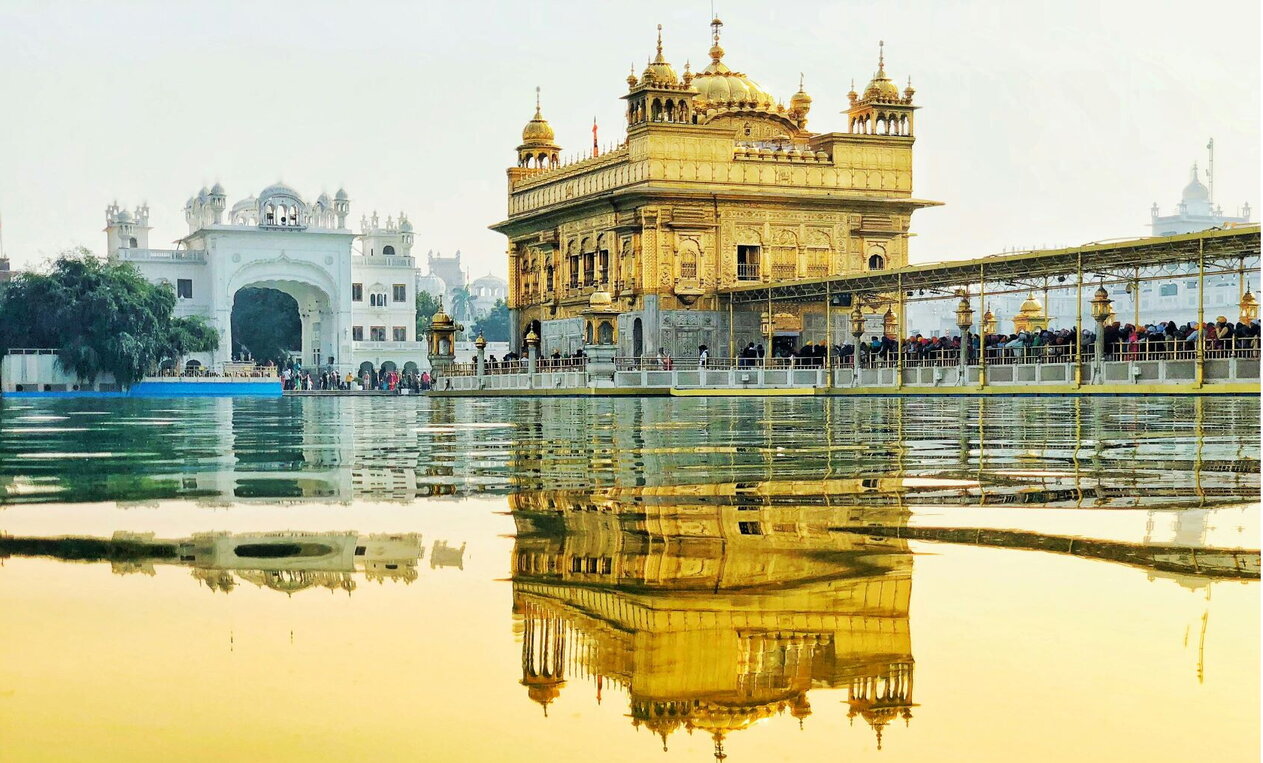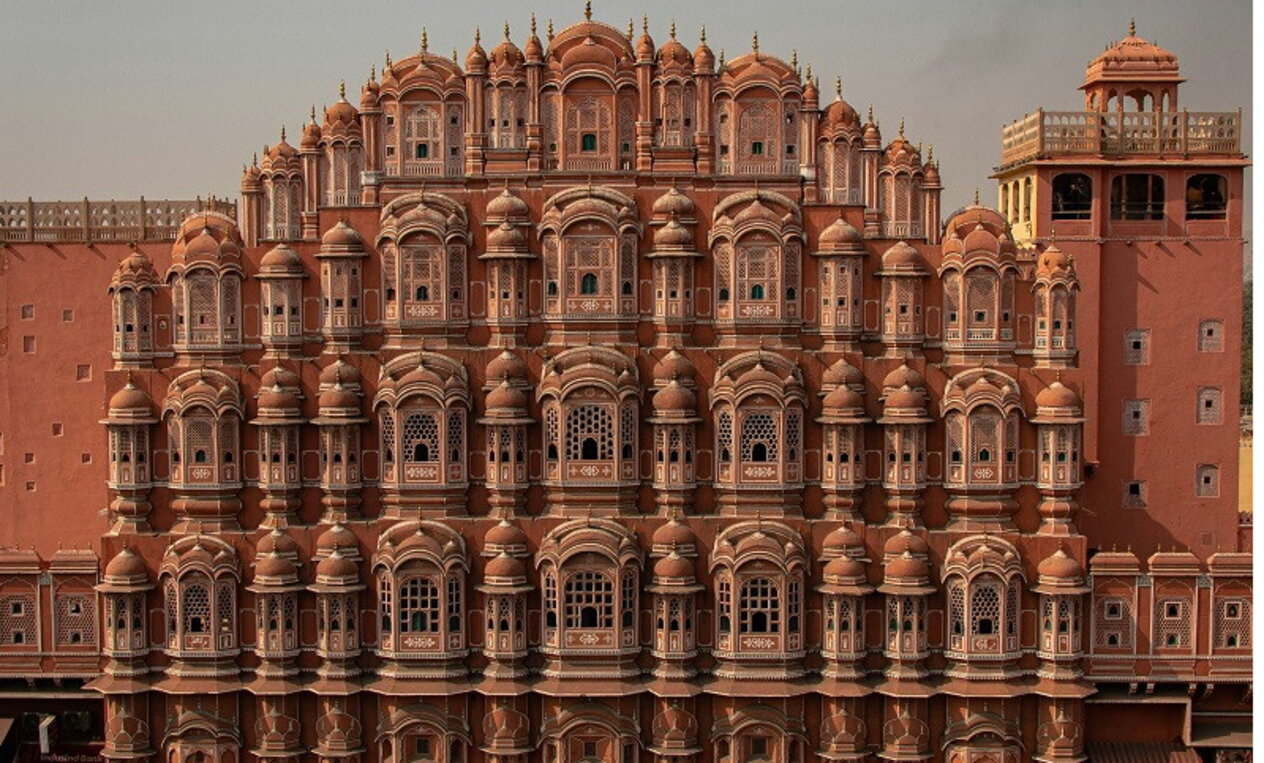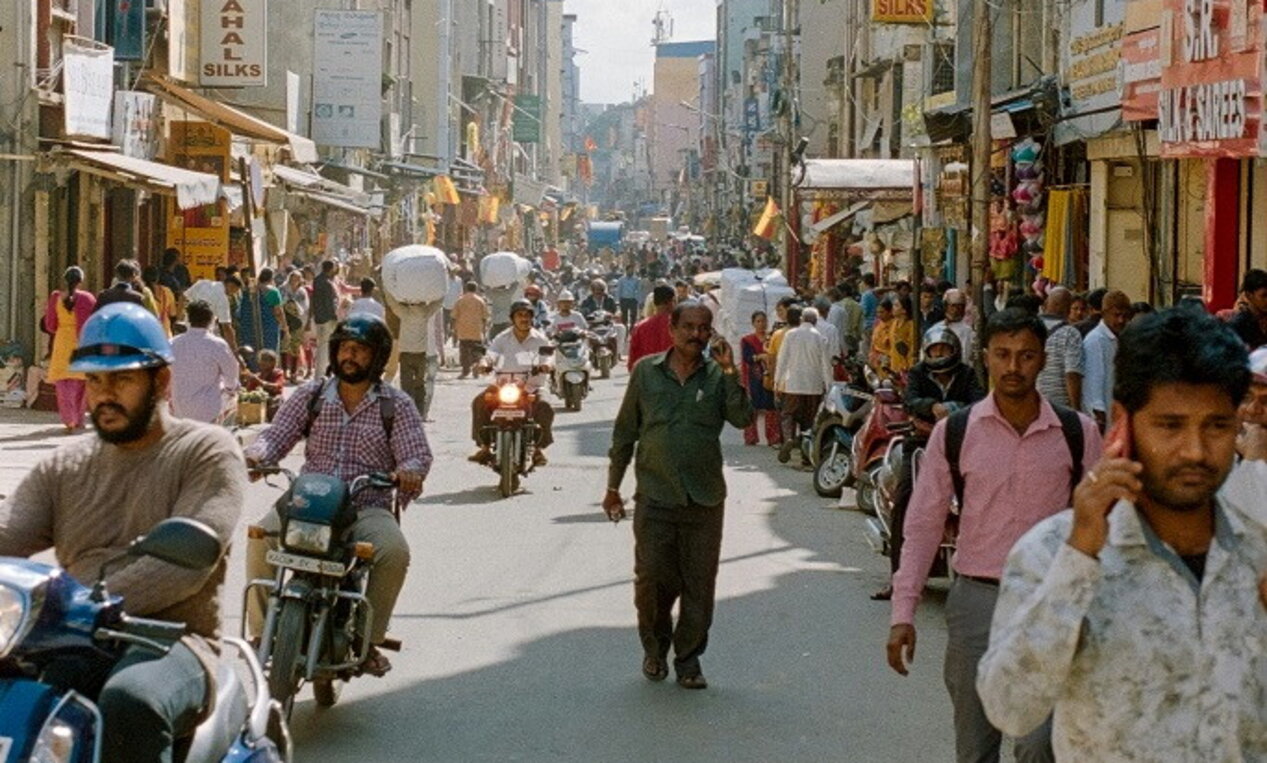
A new player
The foreign policy of Modi 3.0
Caught between domestic challenges and global economic opportunities, the weakened prime minister seeks to position India as an alternative to China in global value chains, balancing economic pragmatism with geopolitical ambitions
12 min2
024 was an important election year for India. In June, conservative Prime Minister Narendra Modi was re-elected for a third term. However, the result defied expectations that Modi and his Bharatiya Janata Party (BJP) would win a landslide victory and secure an absolute majority in parliament, as they had in the previous elections of 2014 and 2019. With 240 of the 272 seats needed to govern alone, Modi now must rely on the support of the National Democratic Alliance (NDA) and, in particular, two smaller parties whose leaders have often shifted positions and allegiances over the years.
This is an unprecedented situation for the prime minister: he has never before had to navigate the complexities and compromises of a coalition government. Moreover, the unexpected loss of support has exposed him and his party to a sense of political vulnerability and uncertainty that seemed unthinkable in his previous two terms. Can a weakened Modi, now at the head of a coalition, deliver the reforms necessary to sustain economic development in the world’s most populous country? And will he be able to maintain the geopolitical momentum that has propelled New Delhi onto the global stage in recent years, or secure meaningful international agreements, including with Western countries?

Will India be the new “factory of the world”?
The outcome of the 2024 elections will not alter the fact that India stands to benefit significantly in the coming years from the global trend of reducing over-reliance on China. This de-risking dynamic is set to continue, with governments and multinationals shifting parts of their production lines to countries other than China. With its abundant labor force, dynamic economic growth (over 8 percent in 2023 and 7 percent this year), and growing domestic demand driven in part by rapid urbanization, India is poised to be one of the main beneficiaries of these shifts in the international geo-economic landscape. While Modi will need to navigate a coalition government where decision-making may be more cumbersome, he must remain focused on leveraging India’s competitive advantages in a geopolitical environment that, on balance, appears favorable to New Delhi.
India’s competitiveness has grown over the past decade
India’s advantageous position in the reconfiguration of global value chains should encourage Modi 3.0 and his government allies to focus not only on the country’s much-needed infrastructure development, but also on securing new trade agreements that promote and finance India’s ambitions to become a key alternative manufacturing powerhouse to China. This strategy would also yield significant domestic benefits, enabling New Delhi to develop labor-intensive sectors—starting with manufacturing—that are crucial to harnessing and capitalizing on India’s unique demographic dividend (India’s median age is 28.4, compared to more than 38 for China).

W
hile Modi has worked hard in his first two terms to develop the country’s infrastructure, promote digitization, and streamline bureaucracy, he has been more hesitant to seriously facilitate foreign investment. Reducing inbound tariffs will be a top priority for the next government, especially if India is to attract investment and increase its share of global manufacturing value chains. India’s competitiveness has grown over the past decade, which should encourage the government to look beyond its traditional protectionist stance in favor of greater openness to free trade and competition—aligning more with the economic, scientific, and social vibrancy of 21st-century India. This would represent a complex and not easily achieved paradigm shift for India but given the local benefits that a larger influx of investment could bring, it is not necessarily the case that a coalition government, in which the voice of the Indian states carries more weight, should be an obstacle to this path.
Will New Delhi be a reliable partner for the West?
Even in Modi’s third term, the primary driver of India’s regional strategic vision and security partnerships will remain the same: a China perceived as increasingly assertive and threatening. This perception is shared, with some variations, by other countries, particularly those in the West, led by the United States. The development of strategic partnerships in the Indo-Pacific (including with Italy), the sharing of advanced weapon systems, the expansion of agreements and trade in the defense industry, and the possibility of closer cooperation if tensions with China escalate, all provide a strong foundation for India’s security relationships. These alliances are resilient enough to endure the political shifts the country has experienced in recent months. Furthermore, the coalition partners in Modi’s new government are not fervently anti-Western and are unlikely to seek to undermine the pragmatic, multi-aligned approach to foreign policy that the prime minister has pursued so far.
In recent years, Modi has also centralized control over foreign-related ministries and agencies, such as the intelligence services, which now report directly to the prime minister through his national security adviser

I
t is possible that the most difficult budget or procurement decisions will become the occasion for tougher political battles—battles Modi was able to avoid in his first two terms due to the BJP’s extensive control of parliament. Today’s greater political uncertainty may make Indian ministers and officials, responsible for approving major deals, more risk-averse. This, in turn, could hinder bolder investments, particularly in defense, energy transition, or the initiation of major trade agreements with other countries.
However, foreign policy and national security are unlikely to be top priorities for the BJP’s coalition partners, who are far more focused on regional, local, and practical issues that directly affect them. The same applies to the newly revitalized Parliament, which, while more heterogeneous and with a more central role for the opposition, will be a vigilant arbiter of the government’s domestic initiatives, but less so on the foreign front. This is particularly true since India’s major foreign policy and national security issues are generally managed by the prime minister’s office, with minimal need for specific legislative action. In recent years, Modi has also centralized control over foreign-related ministries and agencies, such as the intelligence services, which now report directly to the prime minister through his national security adviser.
What has changedin Indo-European relations?
Last spring’s vote unexpectedly highlighted the resilience and vibrancy of Indian democracy, which many had thought was on an inexorable path toward illiberal decline. This is undoubtedly good news for Europe. On one hand, the prospect of a strong and dynamic Indian economy—where the EU could find new markets for exports and a credible alternative to China for FDI in manufacturing—may now seem more uncertain. On the other hand, India may now be more inclined to fast-track negotiations on the long-awaited trade agreement with the EU, especially in a time of significant global uncertainty and growing competition between the United States and China.
A trade and investment agreement between Europe and India would create distinctly positive prospects for both, offering European companies access to a vast and growing market, while providing India the opportunity to expand its manufacturing sector through European investment. Members of the European Free Trade Association (EFTA) and India have already signed an agreement that includes a USD 100 billion investment commitment from EFTA members. At a time when the Modi government, despite voter expectations, urgently needs to create new jobs—1 million young Indians enter the job market every month—the next step, though not immediate, could be an agreement with the European Union as a whole.
Multi-alignment and ideology
India’s international and foreign policy orientations under Narendra Modi will remain largely unchanged: New Delhi will continue to pursue a pragmatic, transactional multi-alignment strategy, cultivating relations with other countries based on its national interests—from Russia to the United States, European nations to the BRICS. The difference now is that, in the eyes of the world, this year’s elections have revived the reputation of Indian democracy. For a country still led by Modi—whose ability to navigate the new and more uncertain political landscape will be key—this could present an opportunity to assert itself with greater authority and legitimacy on the global stage. This is especially true in relations with the Western world, but also with countries of the Global South, where India is positioning itself to take China’s place as a leader.
it’s possible that Modi and the BJP will exert more control over India’s foreign policy than domestic issues, which the ruling allies will prioritize to strengthen their political and electoral power
W
hat’s more, the election result and the need to govern in coalition may bring the BJP’s economic reformism back to the forefront, while tempering the party’s emphasis on the Hindu nationalist agenda. This shift could help reduce the rhetoric and policies that have polarized the country and worsened religious tensions over the past decade. In electoral terms, the Hindutva ideology that Modi’s party focused on during the campaign did not yield the expected results. Domestically, Modi may therefore opt for a more pragmatic and less ideological political approach.
However, one question mark remains, and it will be important to watch in the coming months: given the need to govern in coalition, it’s possible that Modi and the BJP will exert more control over India’s foreign policy than domestic issues, which the ruling allies will prioritize to strengthen their political and electoral power. Over time, this situation may push Modi’s party to frame its foreign policy ambitions and decisions in increasingly ideological terms, as a concession to the Hindu extremist base, which has been weakened domestically. If this happens, relations with the West could be the first to suffer.

